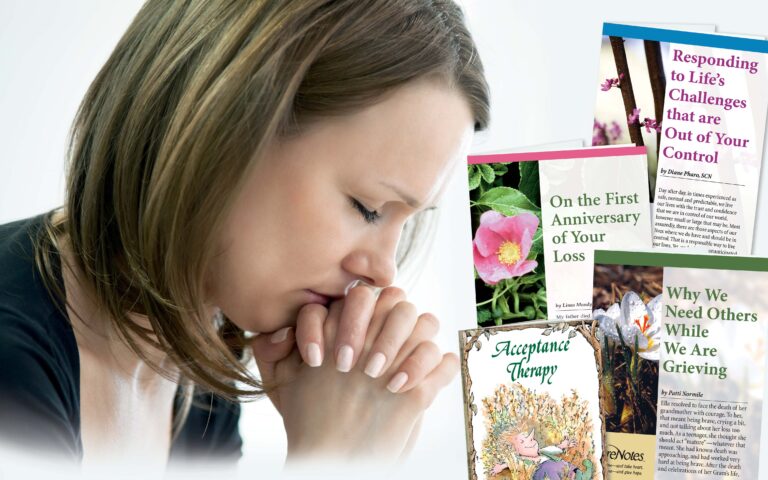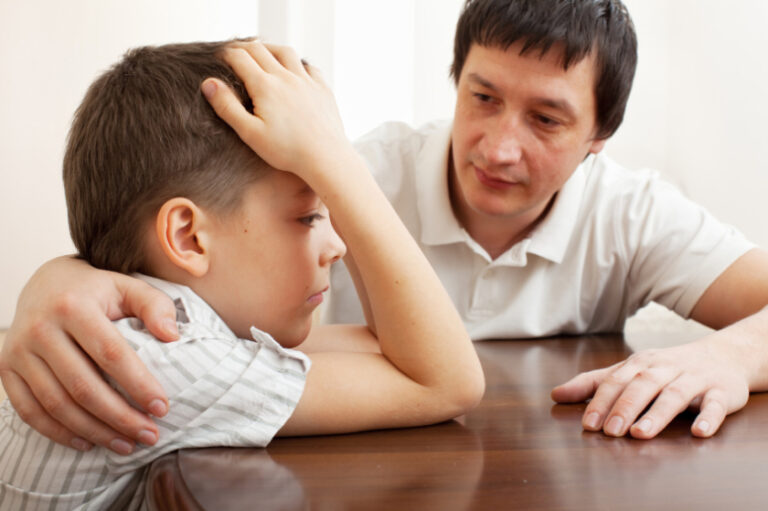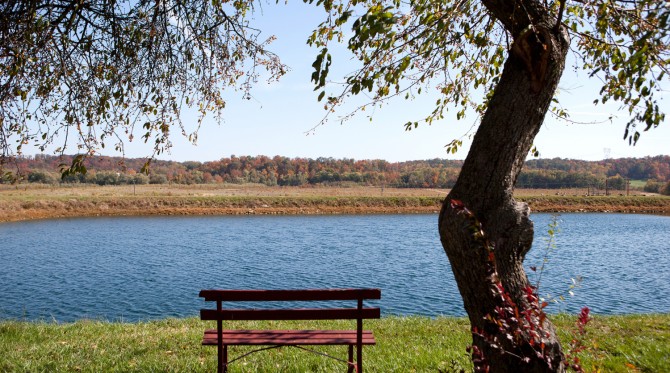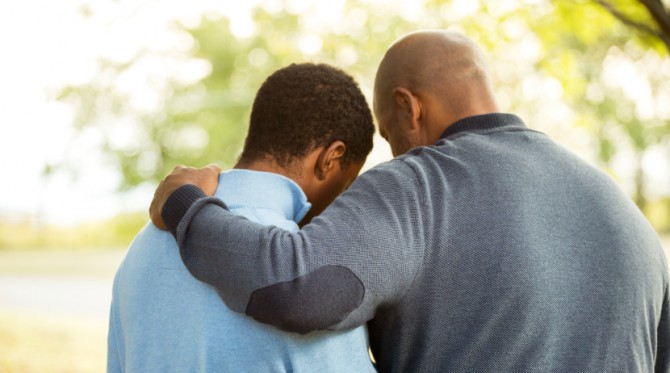by Rev. Daniel H. Grossoehme, BCC
Juan was in his mid-thirties and sitting up in his hospital bed when I met him. His wife and mother were on either side, holding his hands and sobbing. His cardiologist paged for a chaplain, and I arrived to learn that Juan understood that he was dying and wanted to make arrangements to die at home. He was having trouble helping his wife and mother understand this, and the doctor asked me to help the family talk about what the end of Juan’s life would be like. Over time, we moved from this scene of helplessness and grief to a scene of storytelling, laughter, and tears, and for Juan, a quiet and holy death.
This is what Mother Teresa meant, in part, when she said, “The highest goal of human life is to die in the peace of God.” Part of that sense of peace is having closure with all of our relationships.
Facilitate the process. Just as we believe that the Creator of all of us cares for us, so we are to care for one another. Sometimes care demands that we work towards curing the brokenness, but at some point, cure is no longer possible. Caring then becomes a matter of comfort—physical, emotional, and spiritual.
Many people have the ability to sense when their bodies actively begin to die. If the dying person is able to sense this and talk about it, we can respond at the same level. It’s one way we care for those we love at this stage of their lives.
Encourage conversations. Once the topic has been raised, a caregiver might wonder aloud, “Who else would you like to join us in this conversation?” and arrange for a future time when those people can be present.
The dying person should be in control of the conversation, but family caregivers may urge her to reconsider a decision if she seems to be omitting significant people. One might gently wonder if the omission implies that there is some anger or other unresolved issue—and suggest that dying provides a time to work through those feelings.
It may also be the case that the dying person doesn’t want to have this discussion, and well-meaning caregivers should not attempt to force the issue. This, too, is the dying person’s choice to make.
There are many issues to face other than whether medical treatment has reached the stage where “enough is enough.” Frequently, more than one group conversation may be called for. There are decisions about continuing treatment; about whether to spend one’s last days at home, in a hospice, or in a hospital; about bringing closure to one’s relationships; and about planning one’s funeral. It would be almost impossible for any family group to discuss all the decisions at one time. Instead the family caregiver can encourage the conversation by providing the dying person with resources that help a person move through the variety of choices that can be made.
Widen the circle of communication. Be with the dying person the same way you would with anyone you love: be near her, hold her hand or put your hand on her shoulder, and look her in the eye.
Bringing a few family photos out at a time is a way to encourage everyone to share stories without the overwhelming task of going through an entire album all at once.
People might be invited to write a letter to the dying person about their most memorable experience together, or anything else they might wish to say. This can also be helpful for family members in cases when the dying person does not wish to talk at length about her dying. Writing such letters, even without giving them to the dying person, can be a healing opportunity.
Get some support. Hospice is a comprehensive program of care which provides gentle assistance to the entire family as a matter of course.
Support groups are another way for you to care for yourself so that you have the strength and inner resources to attend to your loved one’s dying.
Many people avoid open and honest conversations about dying because they themselves feel helpless, or don’t know what to say or ask. Relax— this, too, you don’t need to do all by yourself. There is never enough time to say or do all that you want to. Do the best you can. Say “Thank you” and “I love you” a lot. Let tears flow.
Our death is just that, it’s ours alone. Dying, however, doesn’t have to be a solitary event. You don’t have to do this alone, whether you are planning for your own death or caring for someone who is dying.
The suggestions above can help lay the groundwork for someone to die in the way he or she chooses, comforted in knowing that he or she has done what was possible to prepare the way for a quiet and holy passage home to the Creator.
Excerpt from “End-of-Life Concerns: A Guide for Families” from CareNotes






